 |
| We decided to do the Mala Walk before going to the Cultural Centre so we wouldn't be out when it was hotter. This walk goes from the Mala carpark to Kantju Gorge and is where there are daily ranger-guided walks. We could have joined the walk that was just starting but decided to do the walk ourselves. |
 |
| The National Park website has some very interesting information on how and why Uluru and Kata Tjuta formed. https://parksaustralia.gov.au/uluru/discover/nature/geology/ |
 |
| Sap from the tree was used by the Anangu as a cement and for medicinal purposes. |
 |
| Water running down the face of the cliff has left a black line. |
 |
| There was a short area where this sign indicated we couldn't take photos so we didn't. |
 |
| Compare this photo with the next one. This one was taken by my sister with here cell phone and the next was taken with my cell phone. |
 |
| These photos in the gorge have not been modified in any way. The light and colors are just very interesting. |
 |
| What an interesting texture to the bark of this tree. |
 |
| After finishing the walk we found this shelter on the way to the restrooms. |
 |
| Next we traveled around the rock formation via car. We saw these interesting formations but I couldn't find any information on how they were made. |
 |
| The drive to Kata TJuta is 50 kms long and ends up on the far side of the formation. |
 |
| The view of the formation changes as you see it from different angles. |
 |
| We saw a lot of pickups with various configurations of flat beds during our travels in Australia and New Zealand. I'd say a third of them had snorkel exhaust also. |
 |
| You won't see this sign in any other country! |









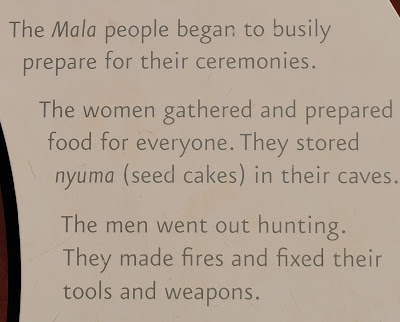

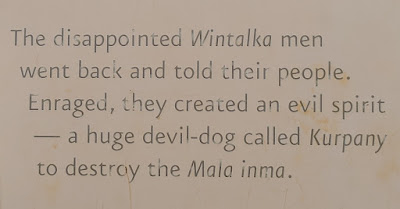






























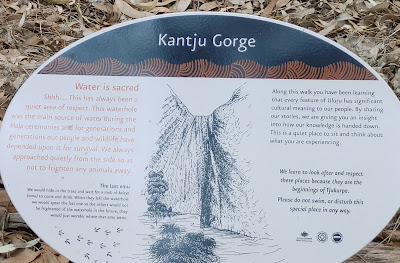





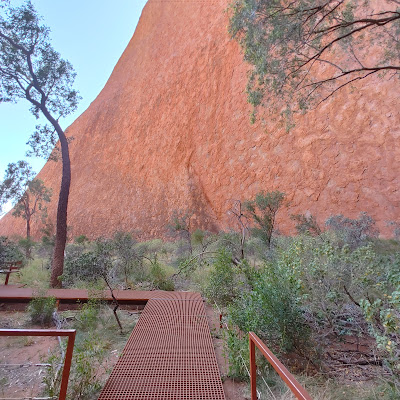








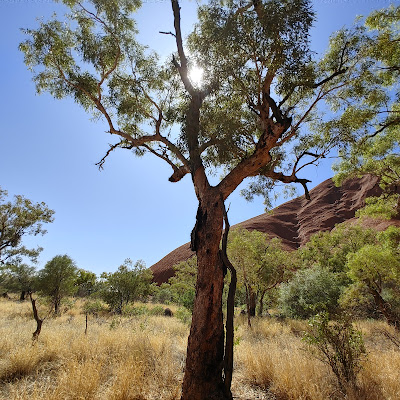












No comments:
Post a Comment